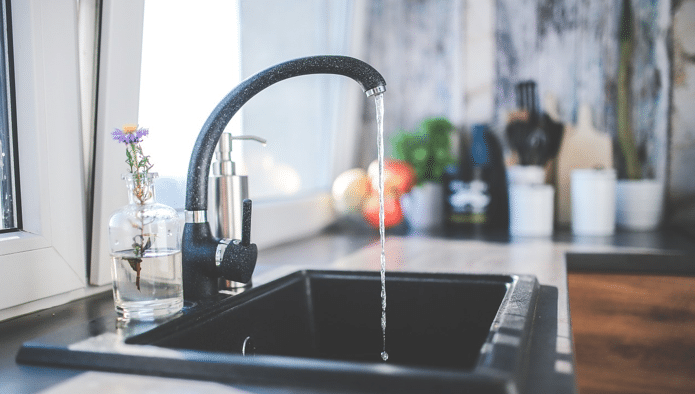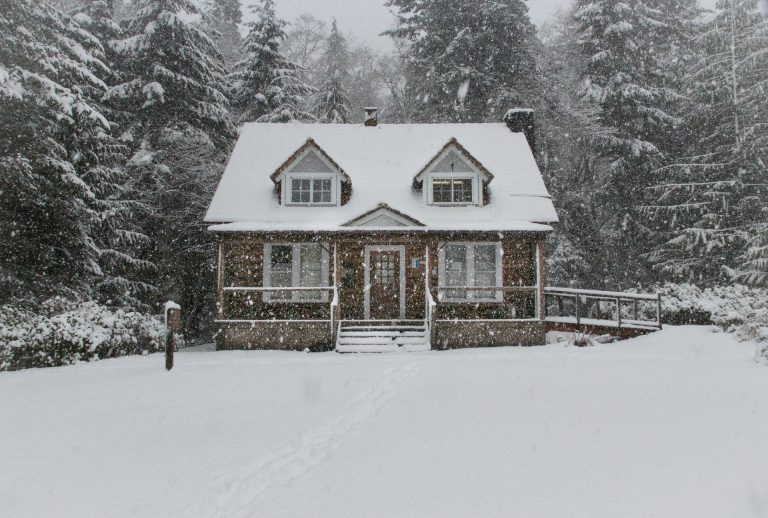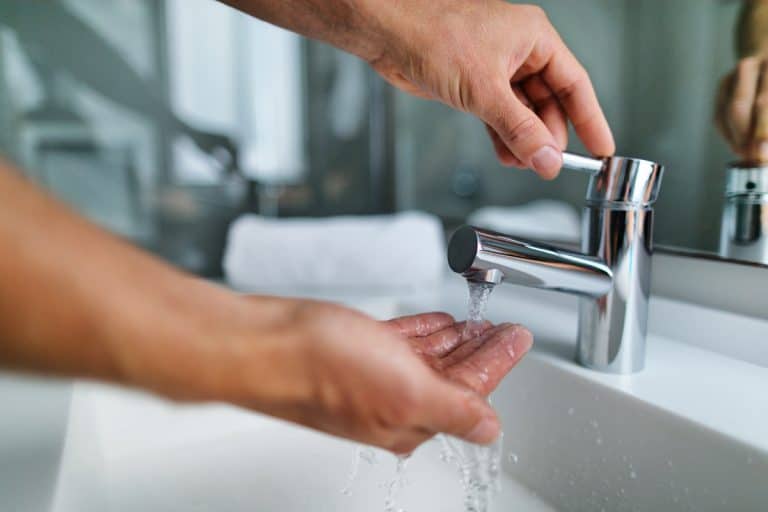I think it’s safe to say that no owner of a home with a kitchen enjoys the task of dealing with a clogged kitchen sink drain. In fact, I think most of us would rather do almost anything else than try to get our kitchen sink’s drain unclogged. We turn to several different methods of unclogging our kitchen sinks over time (using chemicals, plungers, etc.). None of these methods are particularly fun or enjoyable.
There are many ways you can unclog your kitchen sinks naturally without having to use chemical drain cleaners.
Chemical drain cleaners are capable of corroding or damaging pipes and can even be a health hazard. Most of the items used in these methods can be easily found in your home.
Given below are some safe ways to unclog kitchen sinks naturally.
Dish Soap And Boiling Water
A mixture of dish soap and boiling water is one of the easiest ways to unclog a sink. It is quite effective for small clogs.
Use grease dissolving dish soap since it works better than other dish soaps. After pouring a sufficient amount of dish soap down the drain, add hot boiling water.
You might have to repeat this process a few times before the clog gets dislodged.
Baking Soda And Vinegar
You might be familiar with baking soda and vinegar. Baking soda is a good cleaning agent since it enables grease and dirt to dissolve in water.
When it is mixed with vinegar, it creates a fizzy reaction which will help loosen or dislodge the clog.
- First pour ½ cup of baking soda down the drain.
- Follow up with another ½ cup of vinegar.
- Make sure you secure the drain with a cloth to prevent the mixture from coming out.
- After 15-30 minutes, flush the drain with hot water.
Baking Soda And Salt
This is another natural and safe way to remove a sink clog. Mix an equal amount of baking soda with salt and pour it down the drain.
You should try to leave it overnight otherwise leave it for a couple of hours. After a sufficient length of time, drain with hot boiling water.
Plunger
A plunger is an inexpensive way to dislodge small clogs. Make sure you use a rubber plunger which has a flat rim at the bottom.
Before positioning the plunger, remove the sink stopper since it will most likely come out while plunging. You should also add water to the sink in order to maintain a small level of standing water.
Position the plunger over the drain and plunge vigorously after creating a strong seal. If the water drains away you have cleared the clog.
Wet And Dry Vacuum
If you have a wet and dry vacuum in your home, you can use it for your clogged kitchen sink. Before doing anything remove the P trap underneath your sink and place a bucket below it to collect any run-off. Make sure your vacuum is on the wet setting.
Position the hose of the vacuum up the stopper pipe which goes to your sink. Secure your drain with a sink stopper or a rag. Turn on your vacuum and adjust the power accordingly.
You might have to increase it if you don’t feel any resistance. If you see leftover clog pieces in the pipe opening, clean it out. Check your sink to see if the water drains properly.
Plumbing Snake Or Wire Hanger
You should use a plumbing snake only if the above methods don’t work. It is used to break up more difficult clogs.
If you don’t have a plumbing snake, you can bend a wire hanger and use it as an alternative.
- Remove the P-trap and place a bucket under it to collect any run-off.
- Feed the end of the snake into the drain and turn the handle to allow the auger to go down the drain.
- Keep pushing until you start feeling force or resistance. This will mean that you have reached the clog. Rotate the snake to break up the clog until it feeds freely into the pipe.
- If the clog doesn’t break down, you might find it attached to the auger head.
- Run water from your tap to see whether the water drains properly. If it does, you have successfully unclogged your drain.
Conclusion
If none of the above methods work, you might have a big clog which is a little deeper down the drain and requires professional inspection. You should call a plumber and avoid trying to fix the problem on your own.











